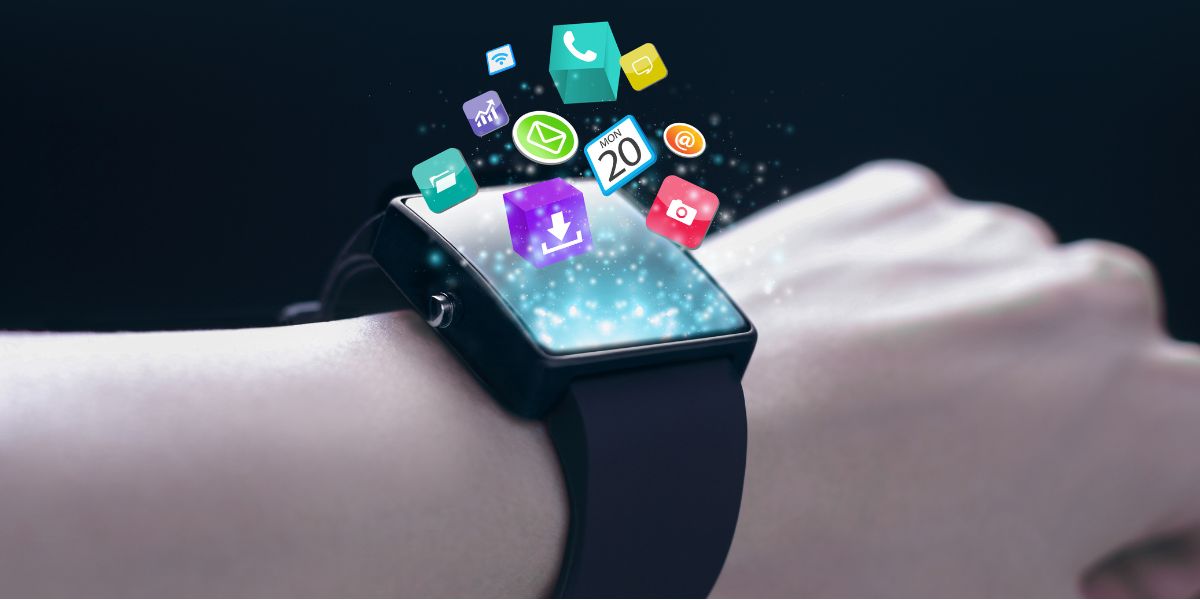
When it comes to safeguarding your smartwatch from cyber threats, there are essential steps you can take to enhance its security. From implementing robust passcode protection to staying vigilant about the apps you download, each measure plays a crucial role in fortifying your device against potential vulnerabilities. As technology advances, so do the tactics of cyber attackers, making it imperative to stay informed and proactive in your approach to smartwatch security. By incorporating these fundamental practices, you can better shield your smartwatch and personal data from online threats, ensuring a safer digital experience.
Smartwatch Security Basics
To keep your smartwatch secure, always set up a strong passcode. This simple step is crucial in preventing unauthorized access to your device and the sensitive data it holds. When setting up your passcode, avoid using easily guessable combinations like '1234' or '0000.' Opt for a unique code that only you'd know, such as a mix of numbers, letters, and special characters.
In addition to setting up a strong passcode, make sure to enable any security features provided by the smartwatch manufacturer. These features may include options like two-factor authentication, biometric authentication (such as fingerprint or facial recognition), or remote locking and wiping in case your smartwatch is lost or stolen.
Regularly updating your smartwatch's software is another essential aspect of maintaining its security. Manufacturers often release updates that contain bug fixes and security patches to protect your device from the latest threats. By keeping your smartwatch's software up to date, you ensure that it has the latest defenses against potential cyber threats.
Strong Password Protection
Consider implementing robust password protection measures to enhance the security of your smartwatch. When setting up a password for your smartwatch, opt for a strong and unique combination of characters, including letters, numbers, and special symbols. Avoid using easily guessable information such as birthdays or simple patterns. It's crucial to keep your password confidential and not share it with others to prevent unauthorized access to your device.
Enable features like biometric authentication, such as fingerprint or facial recognition, if your smartwatch offers them. These methods provide an additional layer of security beyond just a password. Additionally, consider enabling two-factor authentication for an extra level of protection. This way, even if someone manages to obtain your password, they'd still need another form of verification to access your smartwatch.
Regularly update your password to ensure continued security. Periodically changing your password reduces the risk of unauthorized access and strengthens your smartwatch's defenses against cyber threats. By implementing strong password protection measures, you can significantly enhance the security of your smartwatch and safeguard your sensitive data.
Regular Software Updates
Ensure that you regularly update the software on your smartwatch to maintain its security and functionality. Software updates often include important security patches that can protect your device from potential cyber threats. By keeping your smartwatch's software up to date, you can ensure that any vulnerabilities or bugs are addressed promptly, reducing the risk of unauthorized access to your data.
Failing to update your smartwatch's software leaves it susceptible to exploitation by cybercriminals looking to gain access to your personal information or control your device remotely. These updates not only enhance security but also improve the overall performance of your smartwatch, ensuring that it runs smoothly and efficiently.
To make the process easier, most smartwatches allow you to set up automatic software updates. By enabling this feature, you can ensure that your device receives the latest security patches without requiring manual intervention. Stay proactive in updating your smartwatch's software to safeguard your data and enjoy a seamless user experience.
Avoiding Suspicious Apps
Keep your smartwatch secure by being cautious about the apps you install, especially to avoid suspicious ones that may compromise your device's safety. When downloading apps for your smartwatch, stick to trusted sources like the official app store for your device. Be wary of third-party app sources or links shared through messages or emails, as these can often lead to the installation of malicious software. Always read the reviews and ratings of an app before downloading it to see if other users have reported any issues or concerns.
Additionally, pay attention to the permissions requested by an app during installation. If an app asks for unnecessary access to sensitive data or features on your smartwatch, it's best to avoid installing it. Remember, legitimate apps typically have valid reasons for requesting specific permissions, so be cautious if an app's requests seem excessive or unrelated to its functionality.
Utilizing Two-Factor Authentication
By enabling two-factor authentication on your smartwatch, you add an extra layer of security to protect your device and personal information. Two-factor authentication requires not only a password but also a second form of verification, such as a fingerprint scan or a unique code sent to your phone. This means that even if someone obtains your password, they'd still need the additional verification to access your smartwatch.
To set up two-factor authentication on your smartwatch, go to the settings menu and look for the security or privacy options. From there, you can usually find the two-factor authentication settings and follow the on-screen instructions to enable it. Once activated, you'll enjoy increased protection against unauthorized access and potential cyber threats.




